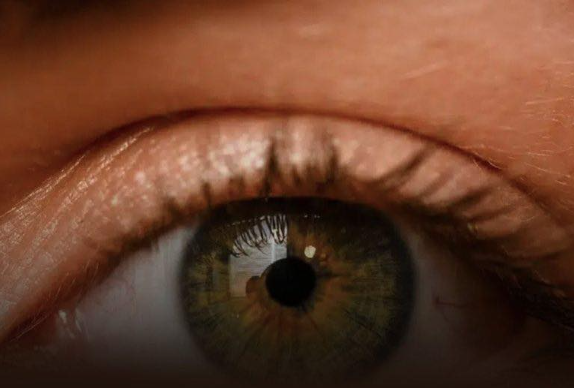Eyes as a Mirror of Health
The eyes serve as a window not only to the soul but also to the body’s overall well-being. Ophthalmologists and endocrinologists emphasize that the condition of the eyes can reveal serious metabolic issues, such as diabetes.
One of the earliest indicators of elevated blood sugar often manifests in the eyes, appearing well before an official diagnosis is made.
Identifying these signs early can be the difference between proactive disease management and facing severe complications.
How Elevated Blood Sugar Impacts Vision
When blood sugar levels remain high for an extended time, the body’s delicate blood vessels begin to weaken.
In the eyes, the tiny capillaries in the retina are especially susceptible to damage.
A common symptom signaling high blood sugar is sudden or inconsistent blurred vision.
This happens because elevated glucose levels affect fluid movement in and out of the lens, temporarily altering its ability to focus properly.
Beyond blurred vision, other eye-related signs of high blood sugar include:
- Small, dark, floating spots, often called floaters.
- Ongoing dryness in the eyes.
- Persistent irritation or redness.
- Temporary difficulty focusing on near or distant objects.
Diabetic Retinopathy: A Hidden Threat
If blood sugar levels are not managed, a serious condition known as diabetic retinopathy may develop. This occurs when the retina’s blood vessels become damaged or blocked, gradually impairing vision.
What makes this condition particularly concerning is its lack of noticeable symptoms in the early stages, meaning many individuals only become aware of the damage when it has progressed significantly.
Medical studies indicate that diabetic retinopathy is a leading cause of preventable blindness among working-age adults.
Other Eye Conditions Linked to Diabetes
In addition to blurred vision, uncontrolled diabetes can heighten the risk of several other eye conditions:
Glaucoma: Increased pressure within the eye that can harm the optic nerve.
Cataracts: Early clouding of the eye’s lens, which is more common in people with diabetes.
Diabetic Macular Edema: Fluid buildup in the macula, the part of the retina responsible for sharp central vision.
These conditions often develop gradually and without obvious warning signs, underscoring the need for routine eye examinations.
Steps to Take if You Notice Symptoms
If you experience recurring blurred vision, consider the following actions:
- Consult a healthcare professional promptly, such as an ophthalmologist or endocrinologist, who can recommend a blood sugar test.
- Undergo a fasting blood glucose test to quickly confirm or rule out elevated blood sugar levels.
- Monitor blood pressure and cholesterol levels, as these factors, combined with high blood sugar, can accelerate eye damage.
Sudden changes in vision should not be overlooked, as they may be the first signal of an underlying metabolic issue.
Habits to Safeguard Your Vision and Health
Alongside medical care, adopting certain lifestyle practices can help protect your eyes and minimize the effects of blood sugar:
- Follow a balanced diet, limiting refined sugars and highly processed foods.
- Engage in at least 30 minutes of physical activity daily.
- Aim for 7 to 8 hours of sleep each night to support metabolic health.
- Avoid smoking, as it exacerbates damage to blood vessels.
- Schedule a thorough eye exam at least annually.
Final Thoughts
Your eyes can act as a critical tool for identifying health concerns. A seemingly minor issue like blurred vision may serve as an early indicator of high blood sugar, prompting timely intervention.
Caring for your vision is an essential part of maintaining your overall health. If you notice sudden changes in your eyesight, take them seriously—they could be the early warning your body needs to prevent more serious complications.




